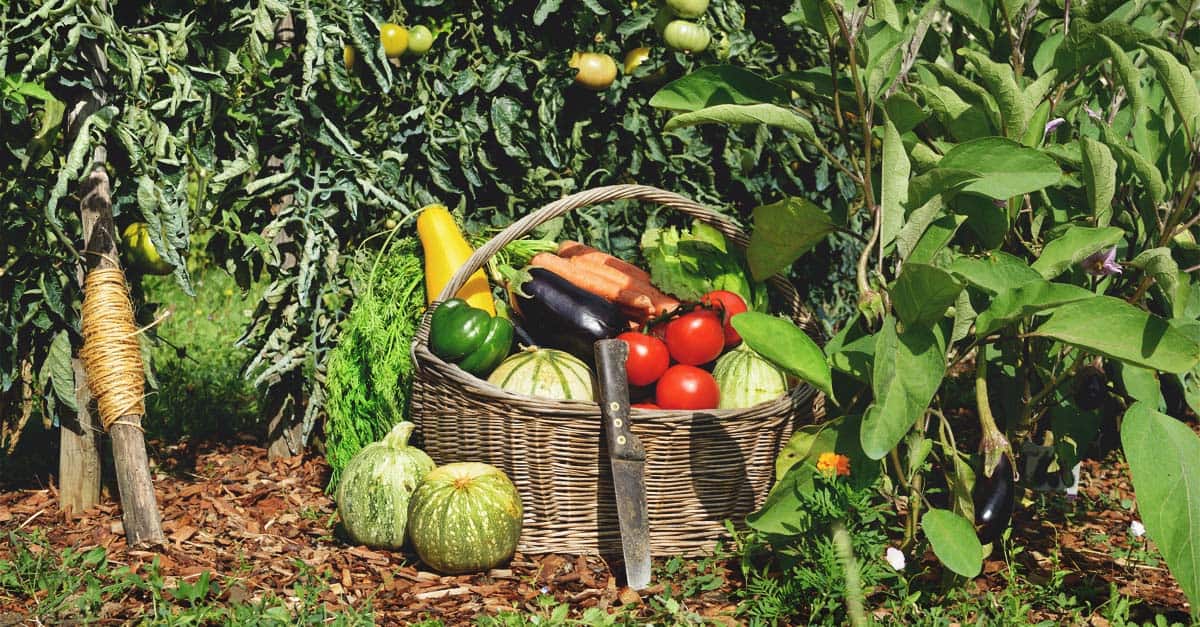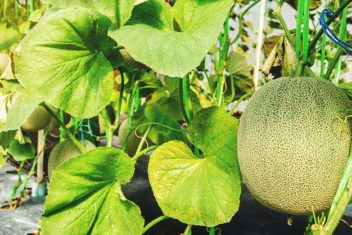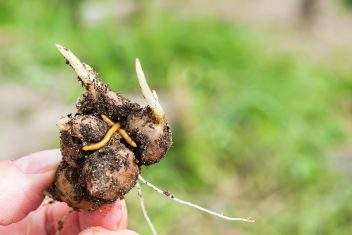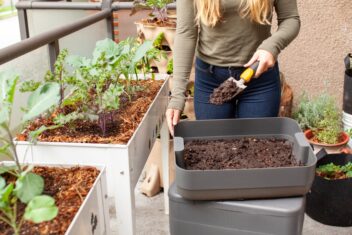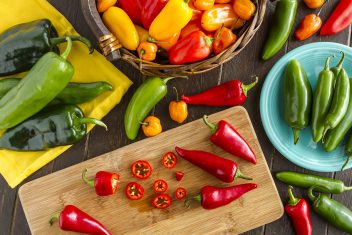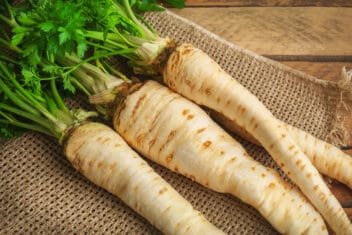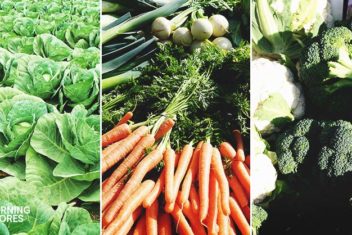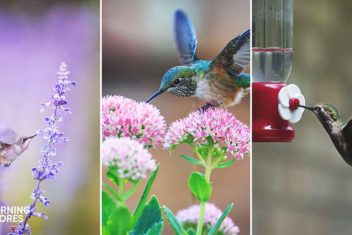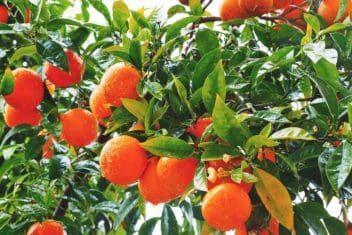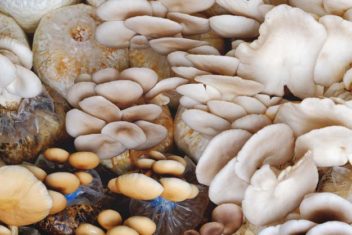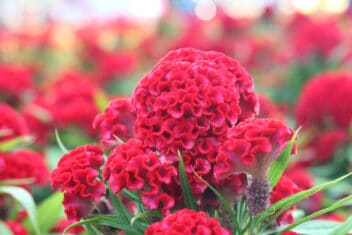Imagine never having to go to a grocery store again. Your pantry is full of homemade canned goods, and your refrigerator overflows with fresh greens, eggs, milk, and leftover stew from the night before. Your family’s bellies are full of a healthy dinner and your bank account is happy. Welcome to subsistence farming.
Subsistence farming is when a farmer grows and raises the right amount and a wide enough variety of food to feed themselves and their families. It’s not about having any extra goods to sell. It’s more of a survival or self-sufficiency technique – and a way to considerably lower one’s expenses.
You might think of subsistence farming as something impoverished farmers in third world countries do, but a revival of the traditions of subsistence farming is making a comeback – and for good reason.
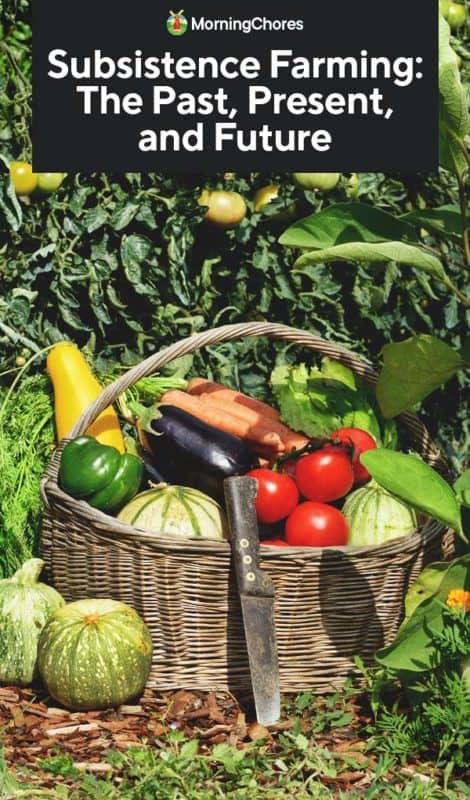
The History of Subsistence Farming
Subsistence farming goes back to the earliest farmers who were making the transition from nomadically following herds of animals to living in semi-permanent villages. During this time, foraging for sustenance transitioned into the domestication of plants.
Historians call this period the Neolithic Revolution, which started approximately 12,500 years ago. At this time, there was an increase in permanent and more elaborate buildings. This is when the domestication of dogs and cats happened. Artisans also began to invent more complex goods and create more decorative adornments.
Many archaeologists argue that this is also at this time that people began to eat a less healthy grain and dairy-based diet as they consumed a smaller variety of foods and even though they had more food in quantity. These new foods often lacked important nutrients.
During this time, human diseases such as diabetes began. By examining skeletal remains, we can see dental cavities and infectious diseases rise and affect the persons health. More people died from communicable diseases presumably because they had poorer sanitation and closer proximity to animals because they were moving around less.
The Advantages of Subsistence Farming
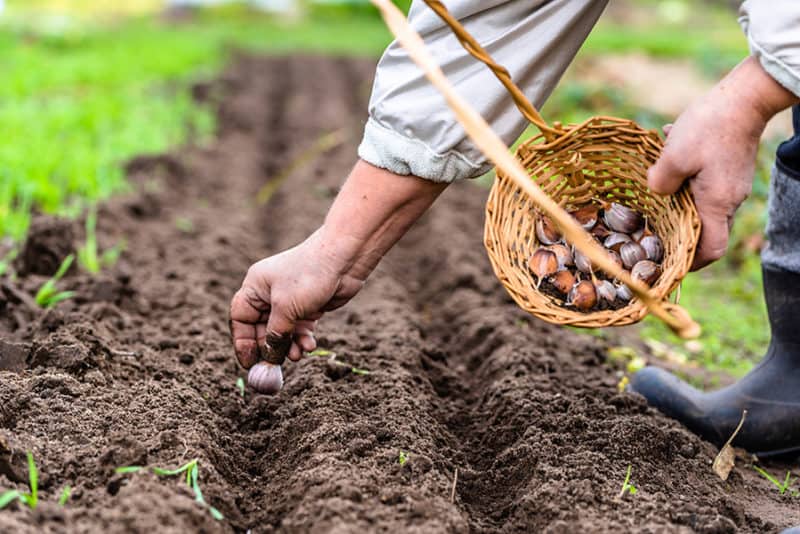
Farmers who farm for subsistence use small plots of land to grow enough food to provide for their families. They may also raise materials with which to make clothing and build structures. The advantages are:
- Farmers have little in outgoing costs
- Growers can save seeds and cultivate perennial crops so there’s less waste
- This method results in free, natural fertilizers such as manure and fish remains
- Farmers usually live in rural areas where expenses are few – if any
- Because they aren’t involved in trade or sales, they don’t need to transport their crops to market
The Disadvantages of Subsistence Farming
There are some disadvantages to this method of farming – at least from our modern perspective.
- The ability to produce crops is limited by labor – one person can only do so much work
- It’s limited by the lack of modern tools or technology because tools are generally more simple and primitive
- People may live without access to electricity or running water
- Disease incidence is higher, especially among children
- A subsistence farmer is at the whims of nature, drought, floods or earthquakes may have catastrophic effects on their ability to farm and thus survive
My Experience
Talking about the disadvantage of subsistence farming, when I was in college during the 1980s, I had a part-time job working at the Cincinnati Museum of Natural History while working on my minor in archeology. During that time, I was on an archaeological dig at the Schomaker Site, which was a Fort Ancient Village.
During this time, we attempted to grow crops in the same manner that the people from the Fort Ancient culture had. This meant attaching large shells to sticks to use as hoes, digging the ground by hand with rocks and sticks, and burning off the grasses.
I must say this was incredibly hard work – and I grew up on a farm and had a lot of gardening experience already. Not only were we using primitive tools, but just the act of using a clay pot to carry water was quite difficult. I could see how people had to work hard to produce enough to eat.
Subsistence Farming Today
When we think of subsistence farming, many of us assume that the practice ended a long time ago. So, do people still practice subsistence farming? Absolutely.
According to a United Nations study, as of 2015, 25% of the world’s population – a total of about two billion people – still used this method of agriculture. It’s mostly employed in developing regions such as Africa, India, Southeast Asia, and Latin America.
This method of farming is still the most common agricultural practice in Sub Saharan Africa. For example, in Tanzania, 73% of the population live in rural areas and practice subsistence agriculture. That adds up to 19 million people.
These families depend on their land to grow enough food to last them all year long. They typically don’t have much excess to sell or trade.
Subsistence Farming in Developed Countries
People in developing countries aren’t the only ones relying on subsistence farming. More and more people in developed countries are taking back up this ancient method of gardening.
The Difference Between Subsistence Farming and Self-Sufficiency
Merriam- Webster Dictionary defines subsistence agriculture as: “farming or a system of farming that provides all or almost all the goods required by the farm family usually without any significant surplus for sale.”
They define self-sufficient farming as being “able to maintain oneself or itself without outside aid” and being “capable of providing for one’s own needs.”
Looking at these definitions is interesting. The terms are similar, yet I think the connotations are different.
I have always expressed that I work towards self-sufficiency and I teach others to garden in a way that is self-sufficient. I have great pride in that and I think that has stature (among homesteaders anyway).
The term subsistence farming implies necessity, not choice. But that’s not necessarily the case.
A More Natural Way To Farm
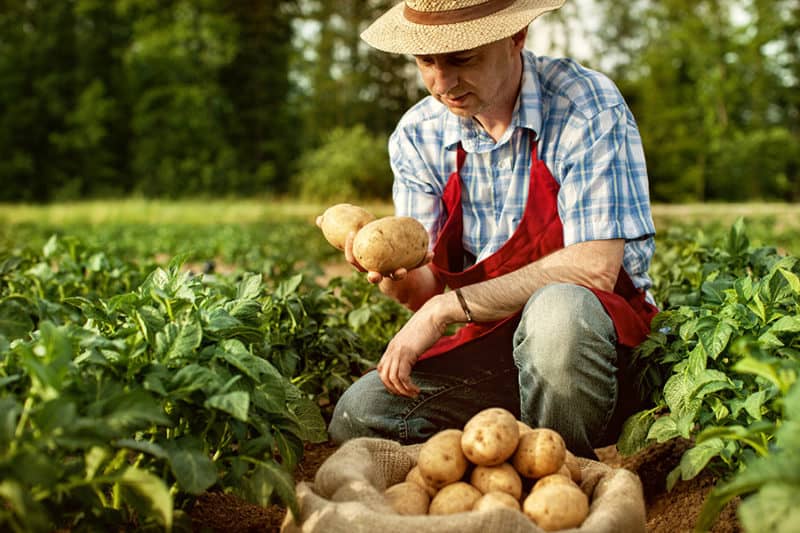
I call myself a sustainable farmer and have been certified organic for many years. However, I’m still an industrial farmer.
When I have a bug problem, I reach for that plastic jug of Organic Neem Oil. When I transplant seedlings, I fill my plastic sprayer with fish emulsion, a by-product of the fishing industry.
The tools and products I rely on were manufactured and processed to make farming easier. Even a simple tool like my hoe from ACE Hardware went through a substantial manufacturing process. The materials were once part of a tree and iron ore that had to be harvested, shaped, refined and put together.
Traditional subsistence farmers don’t have the benefit of going to the store to buy modern organic farming products. They can’t even get online and order seeds from Fedco.
The premise of subsistence farming is based on doing things naturally, with little impact to the planet, and at low cost.
Modern Views of Subsistence Farming
Modern farmers view subsistence farming as part of self-sufficiency. There have been many times that I grew about 70% of the food my family ate. Things such as sugar, flour, caffeine, and tropical fruits were purchased staples.
As a modern subsistence farmer, I have access to things I can’t grow in my location. I choose to spend money on things like bananas and chocolate because my family likes them.
Today’s subsistence farmer seeks to produce what they grow by using little inputs. For instance, things such as oil and gas for equipment or purchased fertilizer may be too expensive to consider, so a subsistence farmer may turn to other tools.
The goal of subsistence farming is lowering costs by balancing how much a tool or fertilizer costs with how much it helps in the long run and if you could make do with something else.
Simplifying Our Lives
The terms simplify, zero waste and sustainability are often tossed out with a lack of understanding about what they really entail.
Subsistence farming and self-sufficiency are done with the goal of putting these terms into action.
We simplify our lives when we do more with less. Growing more food but not using a rototiller is an example. It also means we are being more sustainable by eliminating one source of fossil fuel dependence in our lives.
Things To Consider When Deciding to Become a Subsistence Farmer
Land
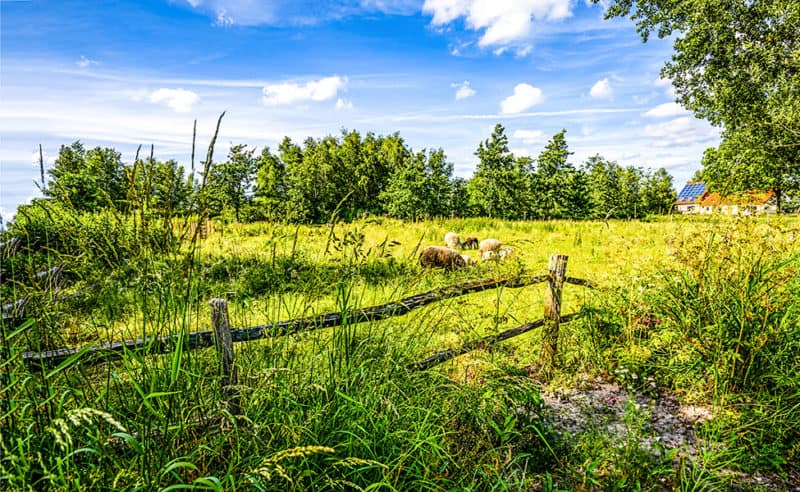
Purchasing land is the most expensive thing for any farmer. If your goal is to be a subsistence farmer, then you might need to consider options such as land contracts, lease with an option to buy, and rent to own.
Many who start out with the goal of subsistence buy undeveloped land because that’s cheaper. Building a house as you go can offer the choice of paying for materials as you have the funds and designing a house to meet your needs.
To sustain an individual for a year, you need about 2 acres of land to have enough room to grow fruit and vegetables and to raise meat, eggs and/or dairy livestock.
Tools
Modern farming is far more tech-reliant than you may realize. We use a lot of tools, equipment, and machines to make the job easier. These things all cost money.
On subsistence farms, farmers work to keep inputs low. They don’t depend on a lot of machines. Many use horses or oxen to pull plows and discs. Deciding what tools are most cost-effective and practical are important decisions.
Some groups such as the Amish limit their use of modern technology to adhere to religious practices and to have a deeper connection with the land.
Income
Modern subsistence farmers may have outside jobs. We live in a world where the costs of things are high. Land and homes are large expenses for anyone in America.
By lowering your outside inputs and expanding your gardens you can save a considerable amount of money, so a limited income can go a lot further.
One challenge that subsistence farmers face is that jobs often have lower wages in rural areas. This may be a factor for you if you’re considering becoming self-sufficient.
One of the popular jobs among people who desire to be self-sufficient is to become self-employed. Today there are so many options for jobs that dovetail nicely with having a farm.
The Bottom Line
Subsistence farming is not a thing of the past, but a look towards the future. Living a simpler life and contributing to your own needs gives a sense of accomplishment, can benefit the planet, and can benefit you financially.
Even if you don’t adopt subsistence farming fully, you can take a few cues from the technique to improve your own garden.
